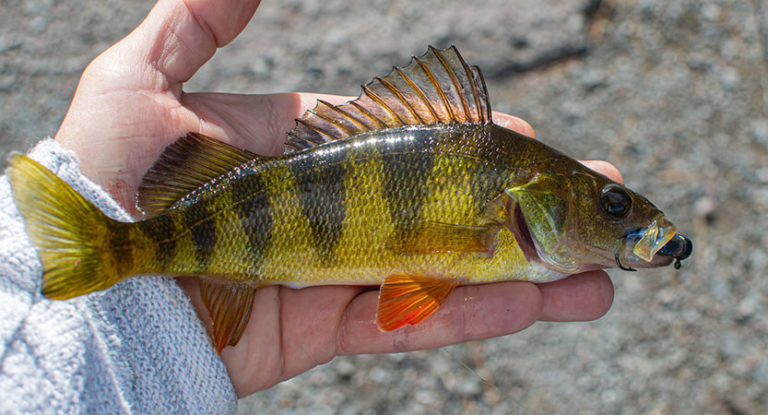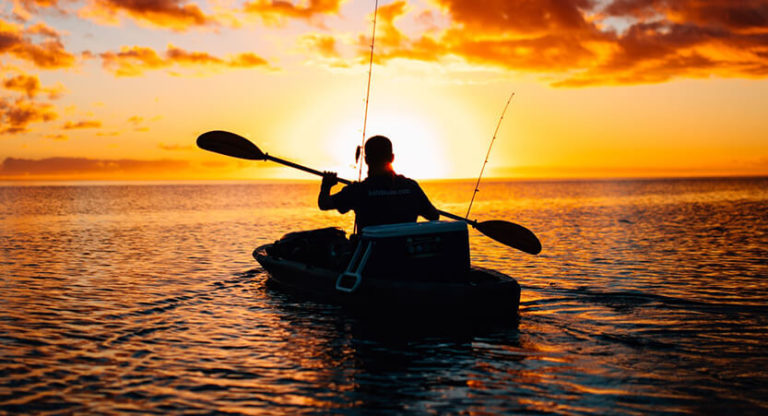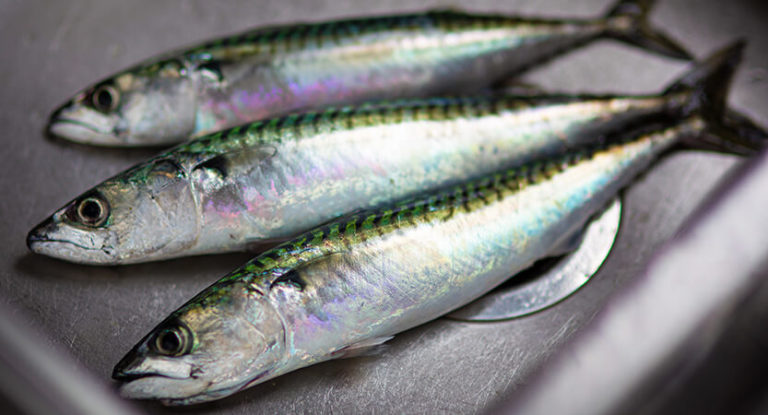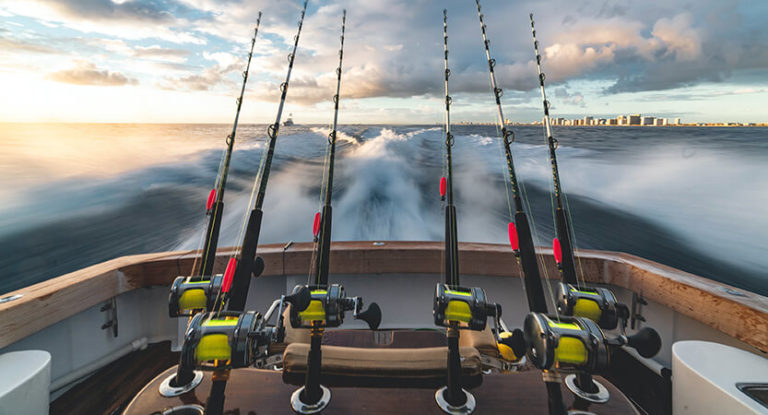Bighead carp is a medium-sized freshwater schooling fish belonging to the order of cyprinids. It lives in natural conditions in the Amur River; cases of capture of meter-long fish weighing 16 kg are known. The maximum age of this fish is more than 20 years.
Here is an overview of the content of this tutorial, feel free to jump to any section you care about:
For more fishing instructions, take a look at these popular Trizily links: Tarpon Fishing.
Bighead Carp Fishing
Overview of bighead carp
Bighead carp is a pelagic fish, which all life, with the exception of the early stages, feeds on phytoplankton. The average length and weight of the silver carp in commercial catches are 41 cm and 1.2 kg. Fish is infused into many reservoirs, where it grows faster than in Amur.
Reproduction habit of bighead carp
In bighead carp, spawning occurs with sharp rises in water from early June to mid-July. Average fertility is about half a million transparent eggs with a diameter of 3-4 mm. Portion spawning, usually up to three calls. In warm water, the development of larvae lasts two days. Bighead carp become sexually mature only by the age of 7-8. Although in Cuba and in India this process is several times faster and is only 2 years. Males mature before females, on average by one year.
Bighead carp fishing techniques
To catch this fish, anglers use a variety of bottom and float gear. Pay attention to the strength of the snap, as the bighead carp can not be denied strength, and he often makes rapid throws, jumping out of the water. Fish respond to many attachments for non-predatory fish.
Catching a bighead carp on a float tackle
I catch on float fishing rods, most often, spend on reservoirs with standing or slowly flowing water. Sport fishing can be carried out as rods with a dull snap, and plug. Moreover, in terms of quantity and complexity of accessories, this fishing is not inferior to specialized carp fishing.
Fishing with a float, with success, is carried out on the “running equipment.” Fishing for match rods is very successful when the bighead carp is kept far from the coast. Many anglers specializing in fishing for silver carp have created original float accessories that are successfully used in “home reservoirs”. It is worth noting here that catching this fish on options for “blind snap” is less successful. There are several reasons for this. First of all, a large bighead carp is rather shy and often does not come close to the shore.
Catching a bighead carp on bottom tackle
A bighead carp can be caught on the simplest tackle: a feeder of about 7 cm is equipped with several hooks (2-3 pcs.) With foam balls mounted and attached to the main fishing line. Leashes are taken from braided fishing line with a diameter of 0.12 mm. Please note that short leashes will not give the desired result, so their length should be at least 20 cm.
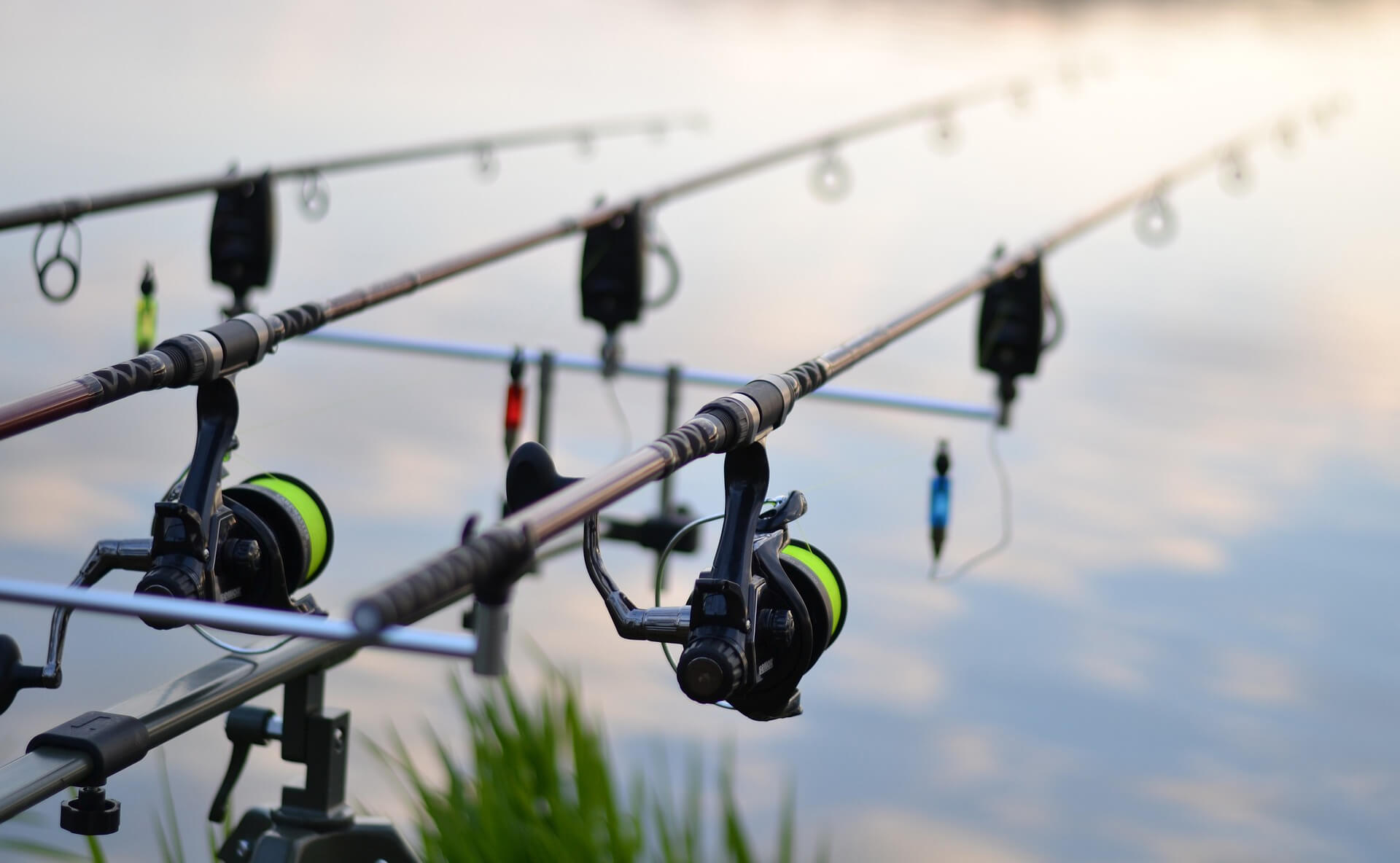
The fish along with the water grabs the bait and gets on the hook. But still, for fishing from the bottom, it is worth giving preference to the feeder and picker. This is fishing on the “bottom” equipment, most often, using feeders. Very convenient for most, even inexperienced anglers. They allow the fisherman to be quite mobile in the pond, and because of the possibility of point feeding, they can quickly “collect” fish in a given place. The feeder and picker, as separate types of equipment, currently differ only in the length of the rod.
The basis is the presence of a bait tank-sinker (feeder) and interchangeable tops on the rod. The tops vary depending on the fishing conditions and the weight of the feeder used. Nozzles for fishing can be of any kind, of plant origin or animal, including pasta. This fishing method is available to everyone. Tackle is not demanding on additional accessories and specialized equipment. This allows you to fish in virtually any water body. It is worth paying attention to the choice of feeders in shape and size, as well as bait mixtures. This is due to the conditions of the reservoir (river, pond, etc.) and the food preferences of local fish.
Bighead carp fishing bait
To catch this interesting fish, any plant attachments are suitable. Boiled young or canned peas provide good fishing. The hook can be masked with pieces of filamentous algae. As a bait, “technoplankton” is increasingly used, which resembles the natural silver carp feed – phytoplankton. You can make this bait yourself or purchase it in a retail network.
Bighead carp fishing place
The natural habitat of silver carp is the Russian Far East and China. It is mainly found in the Amur and some large lakes – Qatar, Orel, Bologna. It is found in Ussuri, Sungari, Lake Khanka, on Sakhalin. As an object of fishing, it is widely distributed in Europe and Asia; it is infested in many reservoirs. In summer, silver carp prefer to be in the Amur canals and lakes, in winter they move to the riverbed and lie in holes. This fish prefers warm water warmed up to 25 degrees. She loves backwaters, avoids a strong current. In a comfortable environment for themselves, silver carp actively walk up. With cooling, they practically stop eating. Therefore, large silver carp are found most often in artificially heated reservoirs.

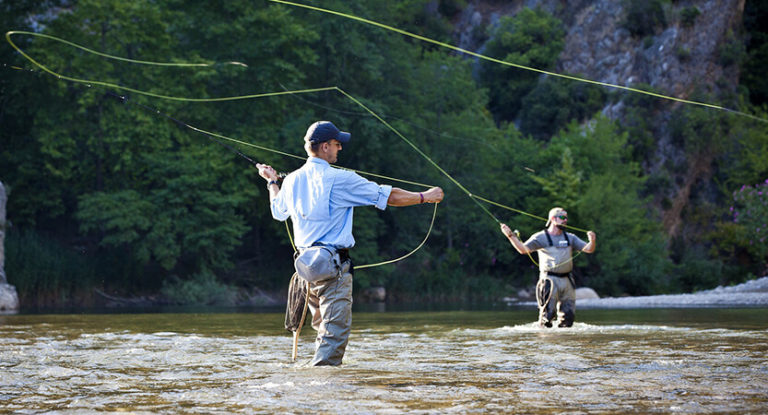
![The 9 Best Fly Fishing Forceps [ 2023 Update] 3 The 9 Best Fly Fishing Forceps [ 2023 Update]](https://trizily.com/wp-content/uploads/2022/03/best-fly-fishing-forceps-768x768.jpg)
